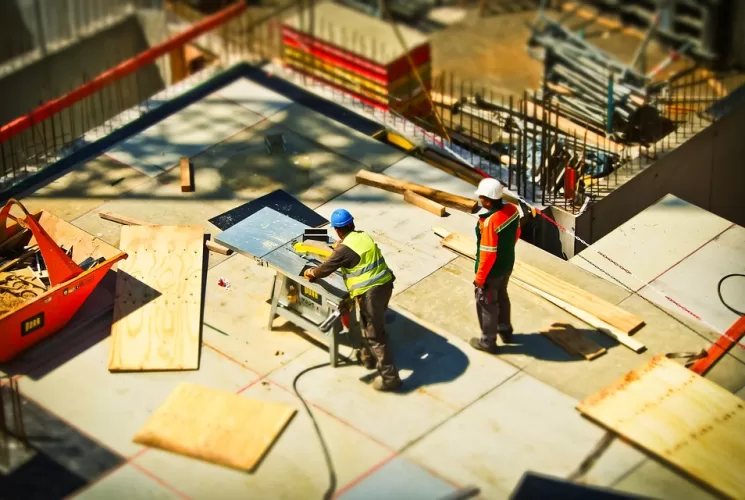
Sustainable Construction: Harnessing Technology for Eco-Friendly Buildings
In recent years, there has been a growing concern about the impact of construction on the environment. The construction industry is responsible for a significant amount of greenhouse gas emissions, resource depletion, and waste generation. However, thanks to advancements in technology, sustainable construction practices are becoming more accessible and affordable. This article will explore how technology is being harnessed to create eco-friendly buildings and the benefits they bring.
One of the key technologies revolutionizing sustainable construction is Building Information Modeling (BIM). BIM allows architects, engineers, and contractors to create a virtual representation of a building before it is constructed. This digital model enables stakeholders to assess the environmental impact of the building, identify potential issues, and make necessary modifications. By optimizing the design and construction process, BIM reduces waste and energy consumption.
Another game-changing technology is the Internet of Things (IoT). IoT involves connecting devices and equipment to the internet, allowing them to communicate and share data. In the context of sustainable construction, IoT enables the monitoring and management of energy consumption, water usage, and indoor air quality. Smart sensors and meters can detect inefficiencies and automatically adjust settings to optimize resource usage. This not only reduces environmental impact but also improves the overall comfort and well-being of building occupants.
Renewable energy sources are also being integrated into sustainable construction practices. Solar panels, wind turbines, and geothermal systems are becoming more prevalent in eco-friendly buildings. These technologies generate clean and renewable energy, reducing reliance on fossil fuels and lowering carbon emissions. Moreover, advancements in energy storage systems allow buildings to store excess energy for later use, further maximizing the benefits of renewable energy sources.
Furthermore, green building materials are gaining popularity in sustainable construction. Traditional construction materials, such as concrete and steel, have a significant environmental footprint. However, innovative materials like bamboo, reclaimed wood, and recycled plastic are emerging as sustainable alternatives. These materials have a lower carbon footprint, require less energy to produce, and promote the efficient use of resources.
In addition to reducing the environmental impact, sustainable construction technologies offer numerous benefits. Energy-efficient buildings have lower operational costs, as they consume less energy and require less maintenance. This translates into long-term savings for building owners and occupants. Moreover, sustainable buildings often have improved indoor air quality, natural lighting, and thermal comfort, leading to enhanced productivity and well-being.
It is worth noting that the adoption of sustainable construction technologies is not limited to new buildings. Retrofitting existing buildings with energy-efficient systems and materials can also significantly reduce their environmental impact. Therefore, sustainable construction practices can be applied across the entire building lifecycle, from design and construction to operation and renovation.
In conclusion, technology is playing a crucial role in transforming the construction industry towards sustainability. Building Information Modeling, Internet of Things, renewable energy sources, and green building materials are revolutionizing the way we design, construct, and operate buildings. These technologies not only help minimize the environmental impact of construction but also provide economic and social benefits. By harnessing technology for eco-friendly buildings, we can create a more sustainable future for generations to come.
© Copyrights by Soulfulls. All Rights Reserved. Developed by Soulfulls